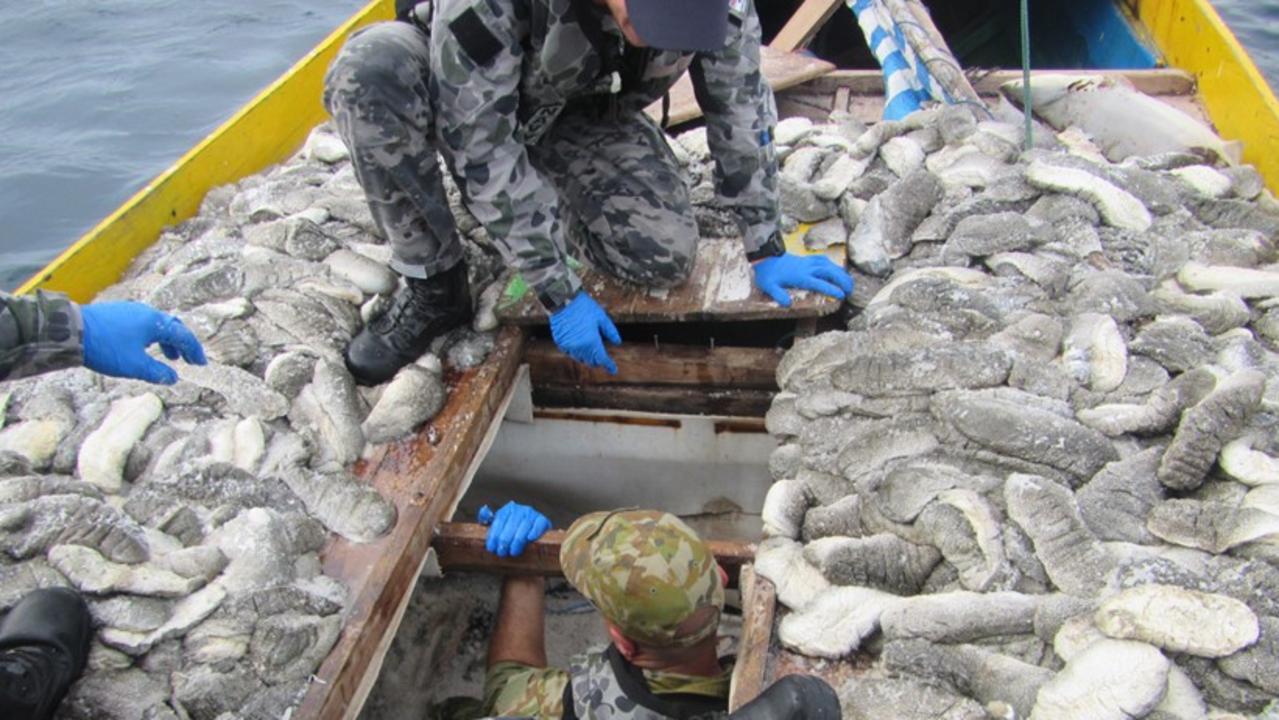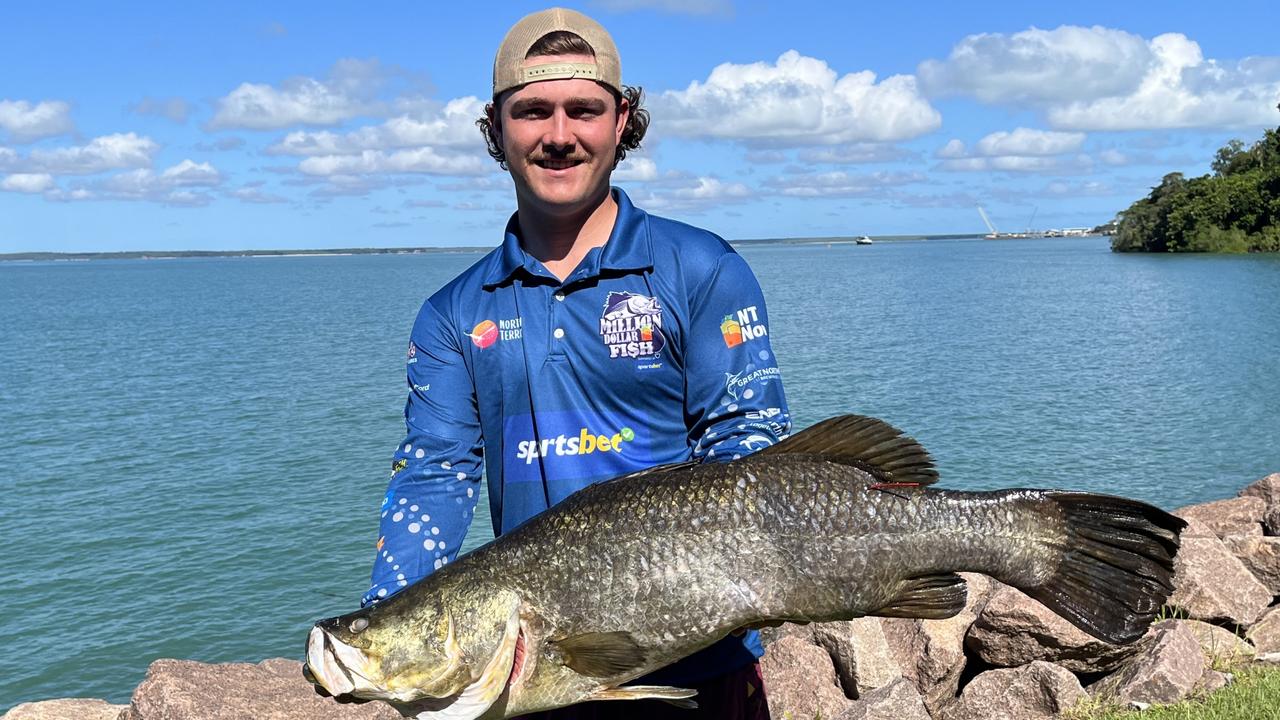We know where the barra go, but were not telling you
THE secret to locating elusive barramundi, including a hotspot in Kakadu National Park, may have been discovered by researchers studying wetlands.
Fishing
Don't miss out on the headlines from Fishing. Followed categories will be added to My News.
THE secret to locating elusive barramundi, including a hotspot in Kakadu National Park, may have been discovered by researchers studying wetlands.
The Charles Darwin University and NT Fisheries researchers have trapped and tagged fish in Kakadu to find out their movements in the wet season and the importance of floodplains.
And they found barra have travelled up to 30km from the original tagging location, and catfish up to 20km.
One 45cm barra moved regularly between Yellow Waters, Mardugul, and Home billabongs before migrating 30km downstream in the South Alligator River estuary as the rains arrived.
A 41cm catfish, also tagged in Mardugul Billabong, stayed put in a 5m-deep hole until it rained, and then moved in and out of Yellow Waters before swimming 20km away at the end of the study.
There was a spike in fish movement after the first big rainfall in December.
Lead researcher David Crook said he wanted to find out how fish use floodplains, and has already made findings.
“A large proportion of both barra and catfish move out onto inundated plains immediately after flow events,” he told a World Wetlands Day conference in Jabiru.
“The shallow floodplains habitats downstream of Yellow Water seems to be a real hotspot.”
The researchers used radio tags and a helicopter to follow the fish.
“We’re going to keep monitoring every two weeks if we can afford it — choppers are really expensive to use.
“But we’re hoping to keep doing this until it dries down.
“When the water starts reseeding in the dry season what will happen to these fish? Are they smart enough to know that they’ve got to start getting back into the main channel?
“And if they do that might be really important.”
In the initial tagging, the 40 barra were electrocuted pain-free and the 30 catfish were hooked from a boat between October 2013 and January 2014.


